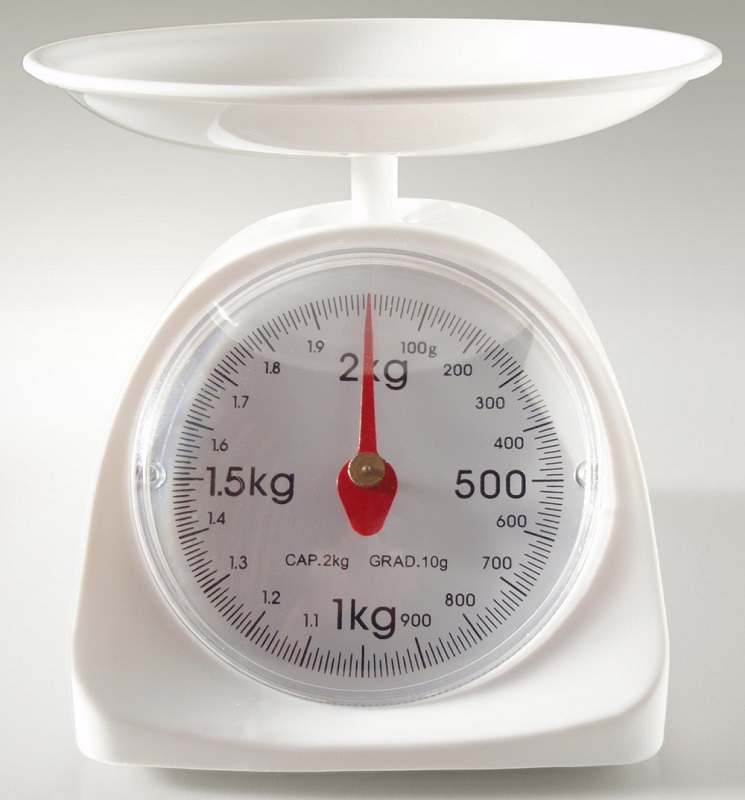There are a lot of ultralight sleeping bags and sleep systems on the market, but will you actually be warm or comfortable in them? When you’re on the trail, sleeping comfortably is one luxury you will never regret. Carrying just a bit more extra weight will make your night a whole lot better. But how much is worth it? A queen size inflatable mattress is probably going a bit too far, but where do you draw the line? How do you choose a good sleeping bag, and what pad should you use with it?
There are plenty of sleeping bags that look and feel very comfortable in the store, but once you sleep in them they’re anything but. Lightweight bags can be very warm and cozy, and heavy bags can be deceptively cold. Let’s take a look at some of the key considerations when balancing weight and comfort.
Square vs Mummy
There are two basic shapes of sleeping bags: square and mummy. Normally, the square bags are not meant for lightweight backpacking. Square bags have more fabric to them, therefore they take up more room and are generally heavier. Mostly, manufacturers make these with car campers in mind, and don’t put too much effort into making them lighter.
Mummy bags have a few advantages over squares. Firstly, they cut out two triangles at your feet, meaning they need less fabric. This makes them they lighter and more compact. Another advantage is that Mummy bags have less ‘dead space’ inside. This means that your body doesn’t expend as much energy heating up the bag in cold conditions. For warmer weather, mummy bags usually have a zipper near their feet for sleepers who want a little more freedom.
A lot of people struggle with the idea of a mummy bag because it can seem pretty restricting. Side sleepers especially worry that they won’t be able to get comfortable in a mummy bag. While some ‘spoon’ shaped bags are now on the market that try and go half-way between the mummy and the square, the best way to travel light is usually to get used to your mummy bag. Try it out a few times at home and see how it goes. Though the thought may be daunting, you’d be surprised how easy it is to sleep on your side in a mummy bag. Just make the bag roll on its side with you!
Types of Insulation
Once you’re past the mummy vs square debate, it’s time to choose your insulation. The main choice is between a down filling or a synthetic filling, with each having their own benefits and challenges.
Down
A down bag is filled with feathers – usually goose or duck just like a down pillow or comforter. Down bags are more expensive than their synthetic equivalents because geese and ducks only have so many feathers and the larger, more space efficient feathers are in shorter supply. Sleeping bags with down are rated using the ‘fill power’ system. A low number, say 550 fill power, provides less warmth per gram than a higher power like 800. So if you have two sleeping bags rated to 0 degrees Celsius, the 800 fill power will be significantly lighter than the 550, but also significantly more expensive.
A downside to down bags is their lack of ability to dry. Good bags will have some sort of coating on the down like Drydown or DownDefender, that will keep water out of the down itself and help it dry faster. On the plus side, down often lasts longer than synthetic (20 years vs 15), provided it is taken care of. For a good down bag, try for at least a 650 fill power.
Synthetic
Synthetic filling is made of polyester to mimic the fibers of down. While this technology gets better every year, it is still difficult to find a synthetic bag that will be as light and warm as a down bag with a high fill power. As with most outdoor products, the lighter it gets, the higher the price tag. Even though a synthetic bag will most often be cheaper than its down equivalent, they can still be pretty expensive.
Synthetic bags also do better in wet conditions than down, so if you anticipate a wet climate, synthetic might be a better option. Additionally, synthetic is more allergen friendly as some people with sensitive skin cannot handle a down bag.
Because there are so many different kinds of synthetic, there is no specific rating system, but the weight on the bag and the temperature rating will give you a good idea of what you are getting.

Thicker Is Warmer? Loft and Your Bag
With the different kinds of insulation that you can get, it’s misleading to say that a thinner or thicker sleeping bag is always warmer or cooler. Pay more attention to the statistics that are posted on the bag itself. Almost all bags will have a temperature rating on them. More often than not, this is not an actual comfort rating, but a ‘you-won’t-die’ rating. If you’re planning on sleeping in anything under 65 degrees Fahrenheit, make sure your bag is plenty warm. A little more weight for a warm bag is going to make a huge difference to your comfort.
A very thick, sturdy feeling bag will be a lot heavier than a high fill power down or lightweight synthetic, and it probably won’t even be as warm. Although it may seem counter-intuitive, a sleeping bag that feels like it’s full of warmth probably won’t keep you very toasty. Both down and lightweight synthetics compress easily, making them ideal for packing. But that means they don’t feel as thick as heftier bags. But once you open them up and shake them out, the insulation will fluff right out. This is called the bag’s ‘loft’, and you’ll be sleeping in plenty of warmth.
The statistics you want to look for on your bag are weight. Aim for under 2 lbs at least, temperature: 30°F (0°C) is a good all-around bag, and insulation: down or synthetic.
Summer Sleeping – Do you Actually Need a Bag?
The best way to shave ounces – and money – is to forego a sleeping bag altogether. If it is summer and you know you are going to be camping in a warm environment, why do you need a sleeping bag? You definitely don’t need the warmth. An excellent alternative is a good sleeping bag liner. You can get cheap cotton ones for around $20 and you’ll probably be more comfortable, and less sweaty, than in a bag that’s meant to keep you warm at 10 degrees Celsius.
Sleeping bag liners are shaped in a tube like a sleeping bag. Though some do come with an opening, most are sewed on three sides. If you want a better material, the higher end sleeping bag liners come in silk. For a more versatile option, grab a liner that is designed to add warmth to your existing sleeping bag. These liners work great on their own and you can use them on extra cold nights to add a bit of warmth to a 3 season bag so you don’t have to go out and buy a winter bag.
Don’t Forget the Sleeping Pad
Several ultralight bags will cut down on weight by putting less (or zero) insulation on the bottom of the bag. This is because sleeping bag manufacturers assume that you are using a sleeping pad every time you camp. A good sleeping pad takes away the need for any bottom insulation because the pad provides everything you need. Warmth levels in pads are measured by R-value. The higher the R-value, the warmer the pad. Sleeping bags without bottom insulation can shave off precious ounces. Using a good, lightweight sleeping pad in tandem will provide all the insulation you need for a comfortable rest.
All in all, it’s good to remember that the best and most comfortable sleeping bag will be expensive. However the cost effective alternative of a synthetic 3 season mummy bag around 30°F (0°C) will keep you warm and will certainly keep your back in one piece!
That’s all for now folks, hope you enjoyed this post. Don’t forget to check out the rest of our blog for more tips, tricks and gear reviews from the trail!

